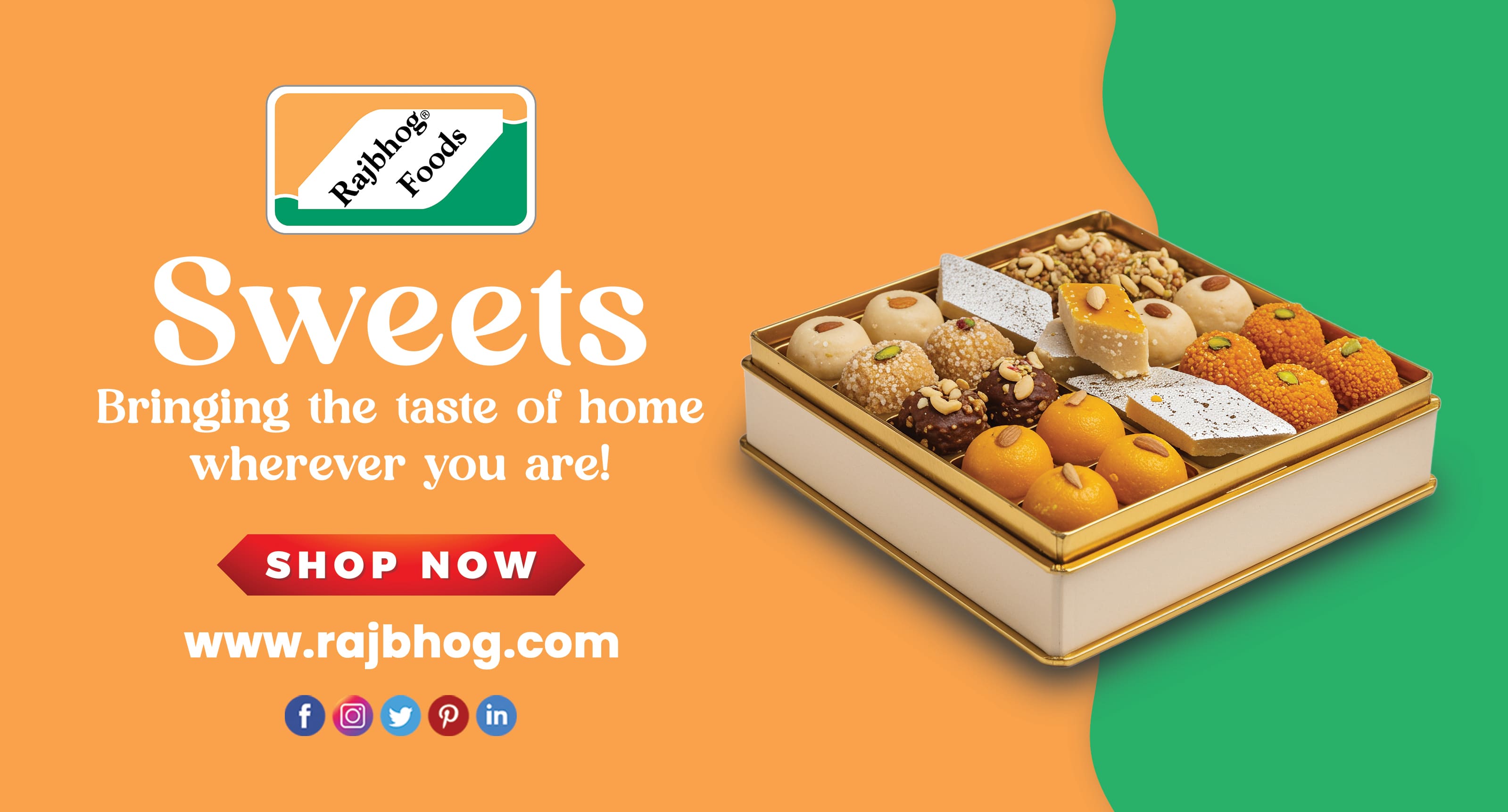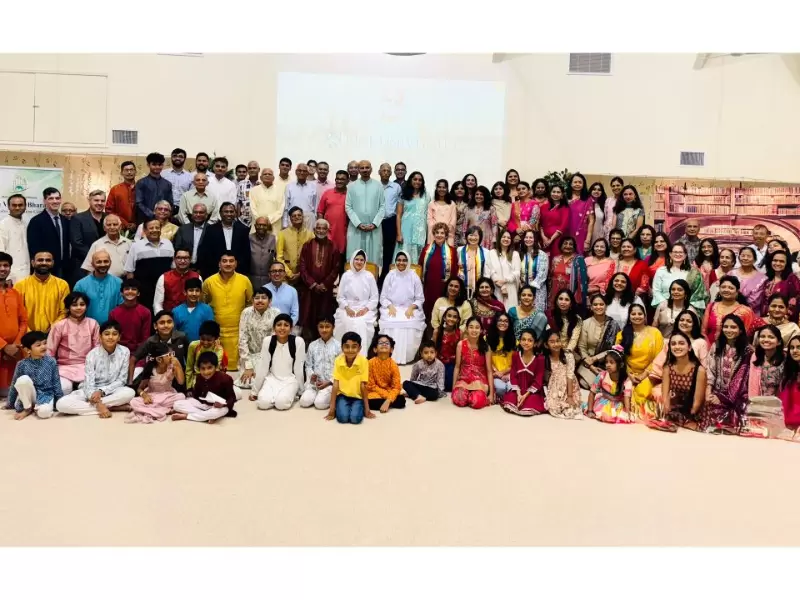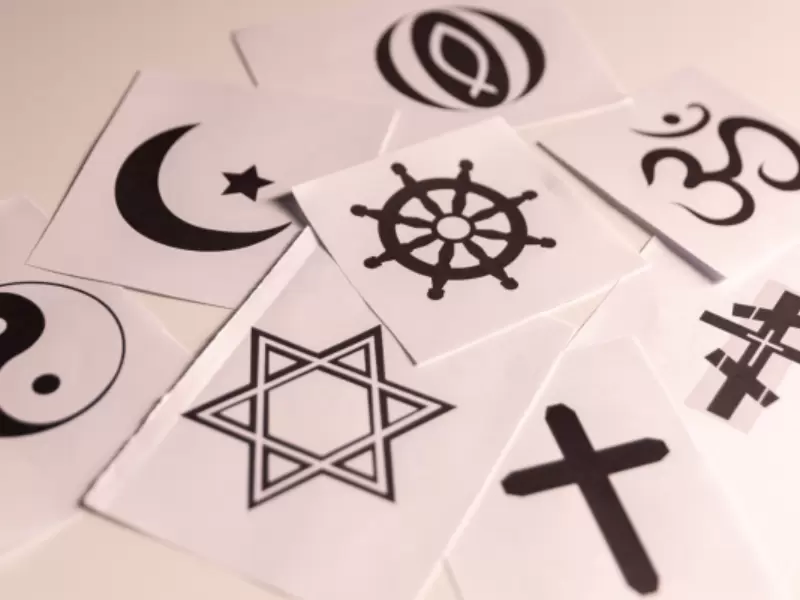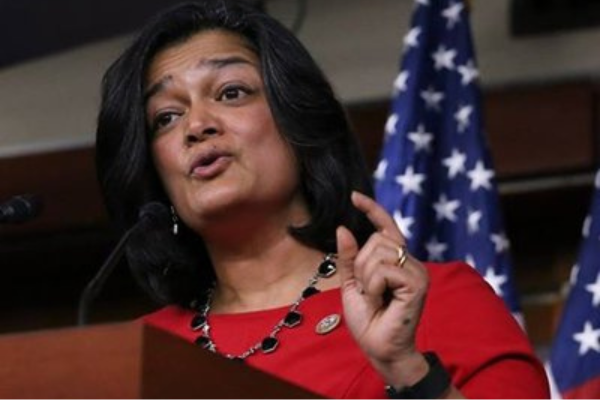Navratri 2025: 9 Bhogs to offer Goddess Durga for each day of celebration
Each bhog corresponds to a particular form of the goddess and is believed to bring blessings of health, prosperity and spiritual strength.
 Representative Image / AI Generated using Gemini
Representative Image / AI Generated using Gemini
As Hindus around the world prepare for Navratri this year, devotees are focusing on the traditional bhogs (sacred food offerings) prepared for Goddess Durga on each of the festival’s nine days.
Navratri, which will be observed from Sept. 22 to Oct. 2, 2025, is one of Hinduism’s most widely celebrated festivals, marked by fasting, prayers, dance and community gatherings. Central to its devotional practice is the worship of the nine forms of Durga, known as the Navadurgas.
Each bhog corresponds to a particular form of the goddess and is believed to bring blessings of health, prosperity and spiritual strength.
Day 1: Pratipada - Shailaputri
The first day of Navratri is dedicated to Maa Shailaputri, the daughter of the mountains. Devotees offer pure ghee or food preparations made with pure ghee. This offering is believed to bestow a life free from diseases and bring good health to the family.
Day 2: Dwitiya - Brahmacharini
On the second day, Maa Brahmacharini, the ascetic form of the Goddess, is worshipped. The bhog offered to her is sugar and fruits. This offering is symbolic of a long and healthy life for the family members.
Day 3: Tritiya - Chandraghanta
Maa Chandraghanta, the fierce ten-armed goddess, is venerated on the third day. She is offered milk, kheer (a sweet rice pudding), or other milk-based sweets. This is believed to relieve devotees from all their sorrows and bring happiness.
Day 4: Chaturthi - Kushmanda
The fourth day is dedicated to Maa Kushmanda, who is believed to have created the universe with her divine smile. The traditional offering for her is Malpua, a sweet pancake. It is believed that offering Malpua pleases the Goddess, who in turn blesses her devotees with intellect and decision-making abilities.
Day 5: Panchami - Skandamata
On the fifth day, devotees worship Maa Skandamata, the mother of Lord Kartikeya. Bananas are offered as bhog to Maa Skandamata. This offering is associated with keeping the devotees in good health and bestowing them with prosperity.
Day 6: Shashthi - Katyayani
Maa Katyayani, the warrior goddess, is worshipped on the sixth day. Honey is the special offering made to her. It is believed that this offering brings sweetness into the lives of the devotees and blesses them with a beautiful and prosperous life.
Day 7: Saptami - Kalaratri
The seventh day is dedicated to the fierce form of the Goddess, Maa Kalaratri. Jaggery or sweets made from jaggery are offered as bhog. This is believed to protect the devotees from all evil spirits and remove obstacles from their path.
Day 8: Ashtami - Mahagauri
On the eighth day, or Ashtami, Maa Mahagauri, the embodiment of purity and serenity, is worshipped. The offering for this day is coconut. It is believed that offering coconut to Maa Mahagauri blesses childless couples with a child and brings prosperity and happiness.
Day 9: Navami - Siddhidatri
The ninth and final day of Navratri is dedicated to Maa Siddhidatri, who grants all siddhis (supernatural powers). Sesame seeds (til) are offered as bhog on this day. It is believed that this offering protects the devotees from unforeseen events and brings success and prosperity.
Scholars note that these offerings, drawn from centuries of scriptural tradition and regional practice, are more than ceremonial. Each food item carries symbolic meaning, reinforcing the connection between daily sustenance and spiritual devotion. While specific bhogs vary by region, the common intent is to align worship with the virtues embodied by each goddess.
In diaspora communities, the observance is often adapted to local circumstances. Families abroad may substitute ingredients with locally available foods while preserving the ritual’s spirit.
Temples and cultural associations often organize communal prayers or distribute prasad reflecting the daily bhog. In cities such as London, New York and Sydney, these practices help maintain the devotional and cultural essence of Navratri, which is far from India.
ADVERTISEMENT
ADVERTISEMENT
E Paper
Video



1749497506.png) Malvika Choudhary
Malvika Choudhary










.png)

Comments
Start the conversation
Become a member of New India Abroad to start commenting.
Sign Up Now
Already have an account? Login